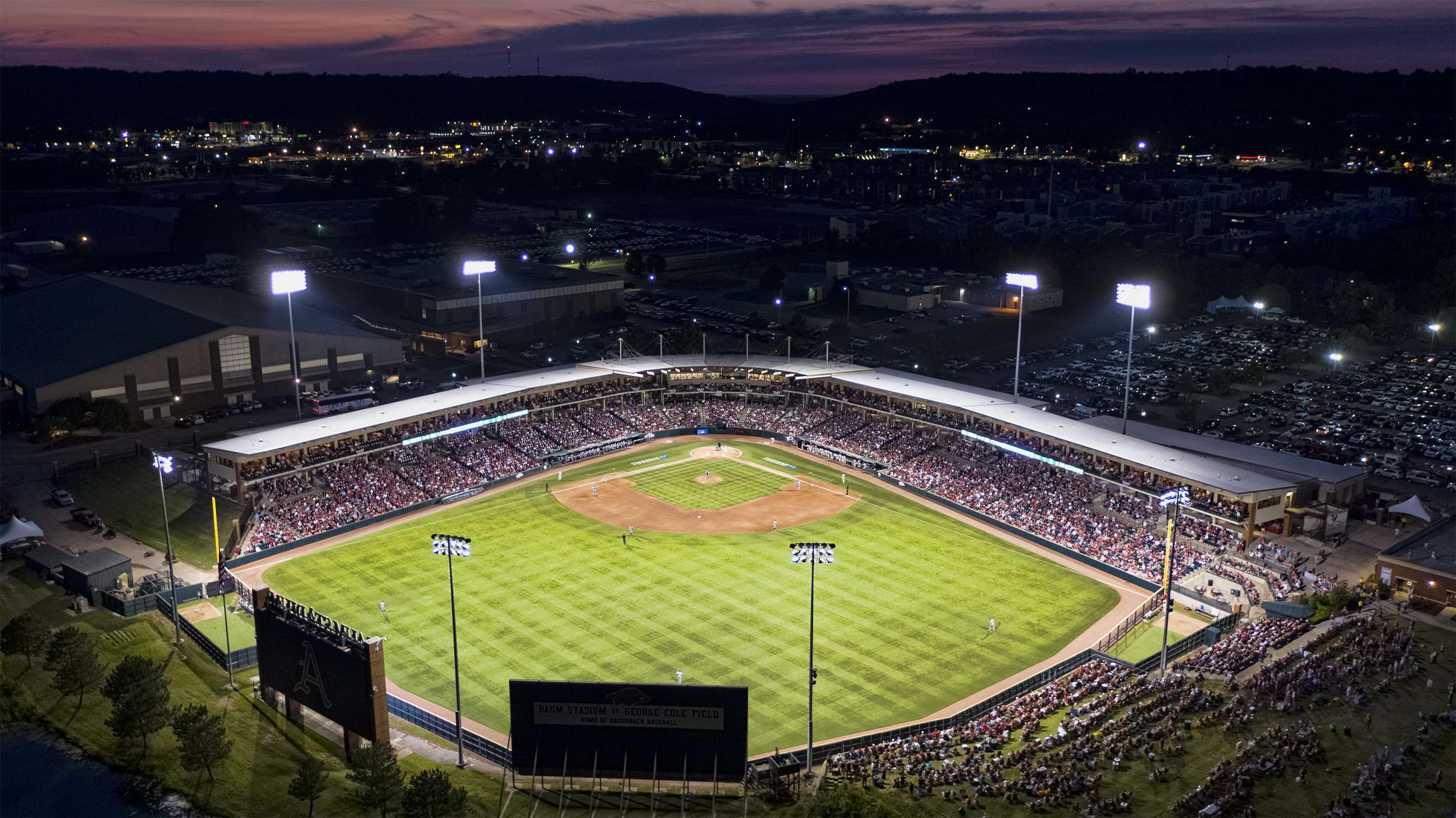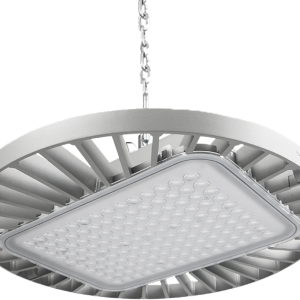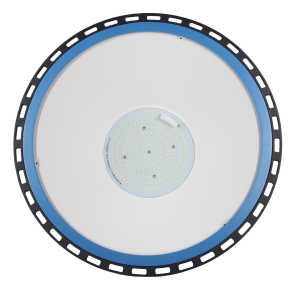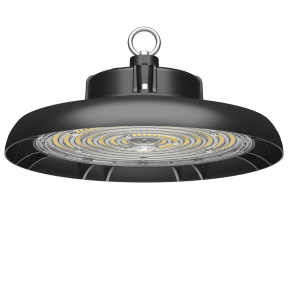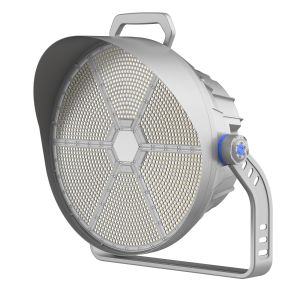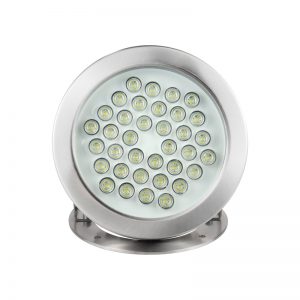Solutions for Manufacturing Plant Lighting Challenges
Even the most well-intentioned lighting plan can encounter hurdles in a manufacturing environment. Here are some common challenges and how to tackle them:
Challenge 1: High Ceilings and Hard-to-Reach Areas
- Solution: Consider high-bay fixtures specifically designed for industrial settings. These fixtures offer focused light distribution and can be suspended at significant heights. Additionally, explore track lighting systems for added flexibility in aiming light beams.
Challenge 2: Harsh Environments with Dust and Moisture
- Solution: Invest in LED lights with an IP (Ingress Protection) rating suitable for your environment. Look for higher IP ratings for areas with greater dust or moisture exposure.
Challenge 3: Maintaining Consistent Light Levels
- Solution: Implement a lighting maintenance schedule to ensure regular cleaning of fixtures and bulb replacements. Consider installing automatic dimming or daylight harvesting systems that adjust lighting levels based on natural light availability.
Challenge 4: Night Shift Operations
- Solution: Designate separate lighting zones for night shifts. Utilize lower lux levels for general areas while providing brighter task lighting at workstations. Consider tunable white LED systems that allow for adjusting the color temperature to promote alertness during night hours.
Choosing the Right Lighting for Your Manufacturing Plant
Understanding Illuminance Levels: Different areas within a manufacturing plant require varying levels of illuminance (lux) for optimal performance. Here’s a general guideline:
- General Workspaces: 150-300 lux
- Warehouses and Storage: 100-200 lux
- Assembly Lines: 300-500 lux
- Inspection and Quality Control: 500-1000 lux
LED Lighting Reigns Supreme: LED lights are the undisputed champions for manufacturing facilities. They offer exceptional benefits like:
- Durability: Built to withstand industrial environments, including dust, vibration, and extreme temperatures.
- Long Lifespan: LED lights boast lifespans exceeding 100,000 hours, minimizing maintenance needs.
- Excellent Color Rendering: LEDs provide superior color accuracy, crucial for tasks like quality control.
Additional Considerations:
- Control Systems: Dimming capabilities and occupancy sensors can further enhance energy savings and optimize lighting for specific tasks.
- Glare Reduction: Opt for fixtures that minimize glare to prevent eye strain and improve worker comfort.




